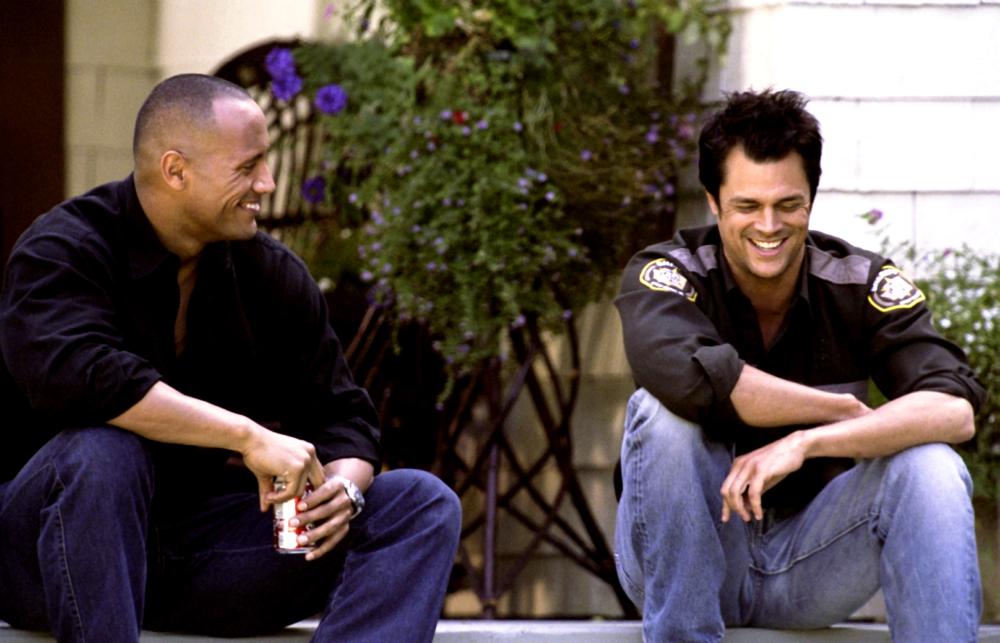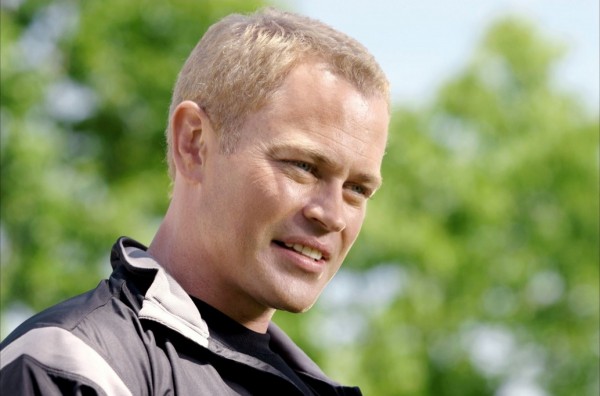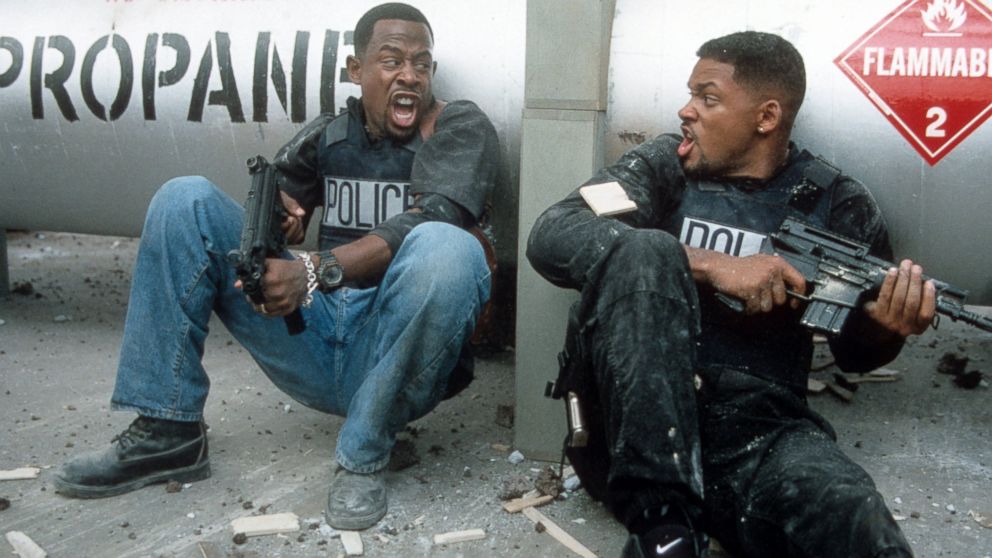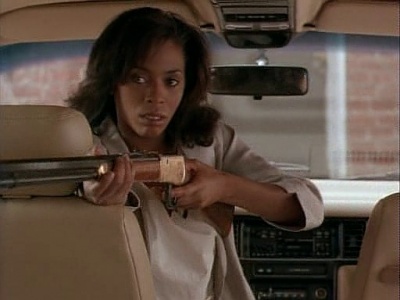Revolutions are not uncommon among societies. It is littered through recorded history and proves that when people become defiant enough about their situation, they will do something to change it. The change however that goes about may not be peaceful or violent. It all depends on how the people who want to change the situation think is the best way to do it. Another key thing to remember is that when people have a revolution it is because their eyes are opened up to the truth (and most of the time, the truth hurts). When Divergent (2014) arrived, it did not have the strongest of action sequences or strikingly recognizable music but its characters were well written, had distinguishable personalities and a story that was different from most eutopian Earth settings. The most unique trait about the story was that the society was separated by factions according to personality but if someone matched all of them, they were considered a "divergent"; a danger to society.
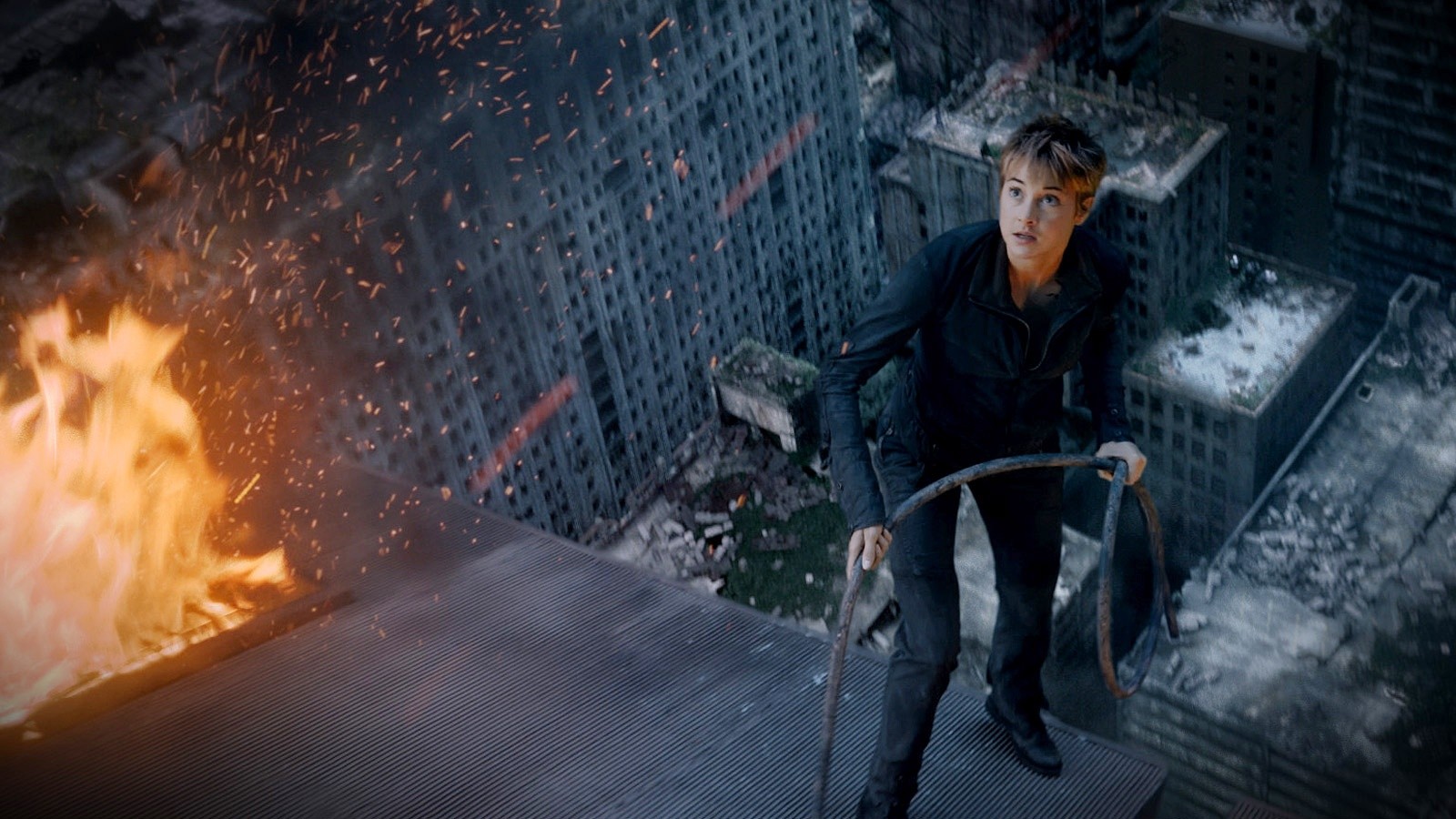 |
| Tris and her new dooo |
After learning herself that Tris (Shailene Woodley) was one herself, she originally fled to try and stay out of trouble. Later on though after meeting new friends and gaining confidence, she turned around and decided to fight back against Jeanine (Kate Winslet), the head of all control. The story line to this sequel is where it leaves off. However, even with all writers from Divergent (2014) being replaced and throwing in an extra writer didn't seem to add any depth. There are more explanations but not all of it makes sense either. Audiences will now learn that Jeanine has a box from the outside society's protective walls that if unlocked, will tell the secret to destroying all divergents. The only way to unlock this box is by having a divergent person pass its mental test, which is no cakewalk. The mental test is so difficult many have died, but Jeanine won't stop until she finds the right person to open it. Yeah but if Jeanine is killing divergent people in the process, isn't she kind of getting what she wants anyway? It sounds like she's making this more complex than it needs to be.
Another threat is also the addition of devices that'll immediately tell Jeanine's head cronies Eric (Jai Courtney) and Max (Mekhi Phifer) who is 100% divergent. So now people have percentages of divergent in them? From what Divergent (2014) stated, it sounded like if you were divergent, you were divergent - not 30% or 95% divergent. Let's be consistent please. Besides the confusing continuity and nonsensical plot device, the execution is mostly predictable as well, which isn't the best. This specifically pertains to the revolution where Tris ends up meeting Four's (Theo James) mother Evelyn (Naomi Watts) who wants to fight back against Jeanine as well. Although not as prevalent as before, character development still exists. There are still appearances by the original cast - Octavia Spencer, Tony Goldwyn, Zoë Kravitz, Ray Stevenson, Ashley Judd, Ansel Elgort and Miles Teller. The acting thankfully saves some of the quality to the characters. All actors can perform the right emotion for the right scene.
Again other than main characters, Jai Courtney looked like he had the most fun in his role being an utter jerk yet one who enjoys his job. In fact, it's a bit deceiving because at one point during this series, the role of Eric could've developed into something more. This is not the case however, for the writers took a more predictable route. One aspect of the film that was ramped up compared to Divergent (2014) were the special effects. The look of them are polished enough to look real but what was creative the most were in box mental tests. Not all were inventive but for the parts that were, it was impressive. The action however still wasn't anything that was attention grabbing. Much of it was the usual shootout between divergents and the people trying to capture them.
 |
| "I need better test subjects" |
On the upside the cinematography by Florian Ballhaus (The Devil Wears Prada (2006), RED (2010), Mr. Popper's Penguins (2011)) was well shot. Although Divergent (2014) also had wide panning shots of scenery, Ballhaus tended to get even more that not only included more shots of the city but also other landscapes. All of it is steady and clearly visible. However, there is one missing signature camera trick and that's the ultra-zoom shot mastered by director Robert Schwentke. It's fine that this action/fantasy film doesn't have action sequences like Schwentke's previous work like R.I.P.D. (2013) & RED (2010), but he still could have at least used his ultra-zoom shots. They're smooth, quick and they make the action feel more energetic. Other than that, Ballhaus' work gets an approval. The film score composed Joseph Trapanese was fairly reminiscent of Junkie XL/Hans Zimmer iterations but it didn't exactly emote the proper emotions when needed. Sometimes it felt like a track was going somewhere but it wasn't engaging enough. Plus, no reoccurring theme for the franchise? Let's go people.
It is still watchable to a point with its occasionally creative special effects, decent acting and lovely looking cinematography, but that's it. The action is still rather uneventful, the continuity isn't recognized, the music remains anonymous sounding and the story itself is fairly predictable along with an overly complicated plot device.
Points Earned --> 5:10










